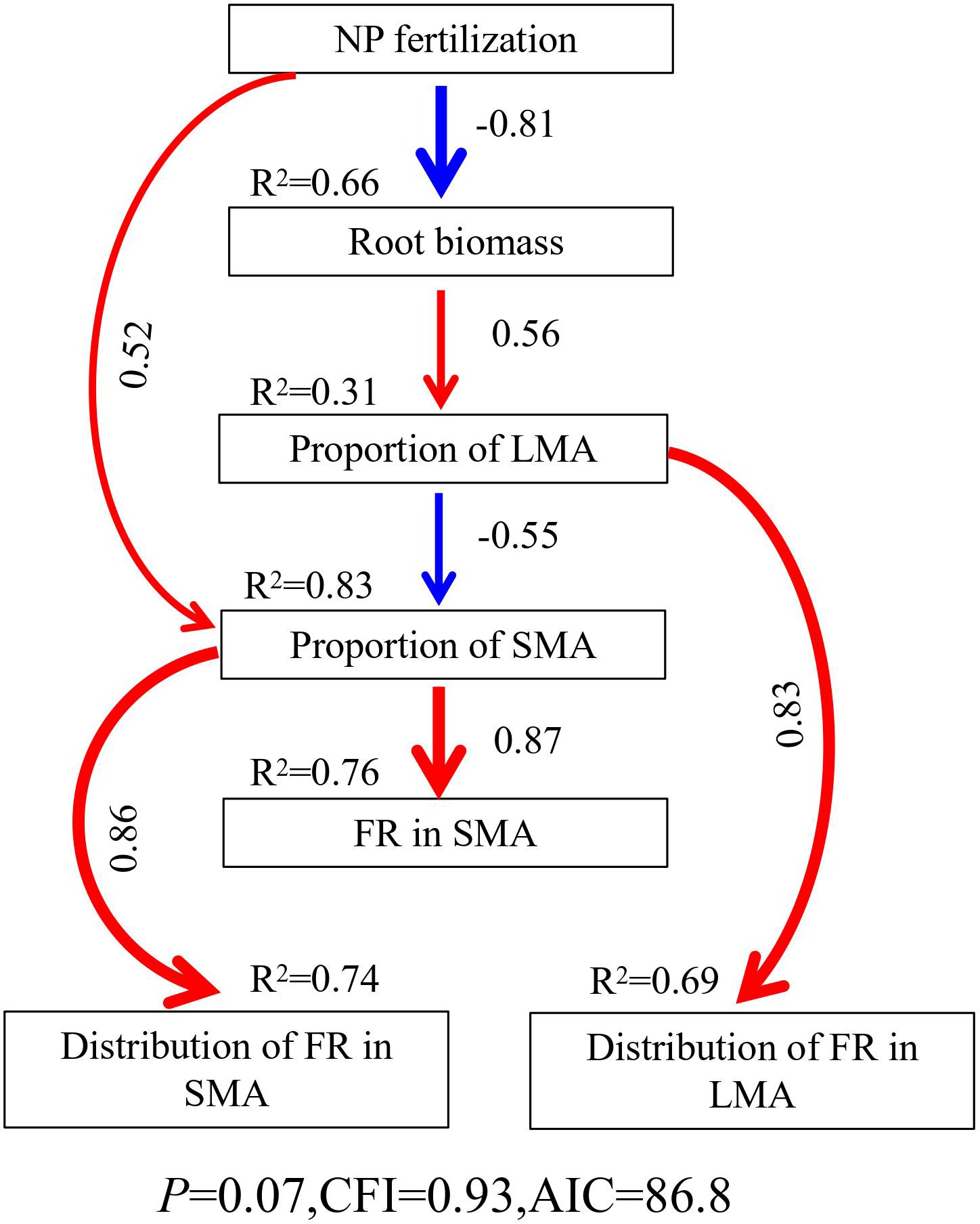Fertilization Affects Soil Microbial Biomass and Their Residue Distribution by Changing Root Biomass
The increasing nitrogen (N) and phosphorus (P) input is one of the major contributors to anthropogenic climate change, which can regulate the sequestration and storage of soil organic carbon (SOC) by changing microbial community and their residues, the significant component of stable SOC. However, it remains unclear about how N and P fertilization influence aggregate-associated microbial community and their residues in P-deficient soils. Answering this question is of great significance to better understand soil carbon cycle under carbon neutrality.
A research team led by WANG Qingkui from the Institute of Applied Ecology, Chinese Academy of Sciences recently conducted a six-year fertilization manipulation experiment to explore the impacts of N and P fertilization on soil microbial community and their residues at aggregate scales in subtropical P-deficient plantation soil.
They found that N and/or P fertilization significantly decreased soil microbial biomass of bulk soils due to decrease in bacterial biomass in small macroaggregates and microaggregates and fungi in large macroaggregates. However, there was no significant difference among these fertilization treatments, indicating a non-additive interaction of N and P fertilization. NP fertilization redistributed microbial residues from large to small macroaggregates by stimulating fungal residues in small macroaggregates. They found that decrease in root biomass, rather than soil pH, was responsible for the reduction in soil microbial biomass and changes in microbial residue distribution.
These findings highlight that the interactive effect of N and P fertilization and aggregate sizes should be considered which can improve the prediction of soil carbon dynamics under fertilization.
The study titled “Non-additive effects of nitrogen and phosphorus fertilization on microbial biomass and residue distribution in a subtropical plantation”, published in European Journal of Soil Biology, was supported by the National Natural Science Foundation of China and Key projects of Jiangxi Science and Technology Program.

Fig.1 Structural equation model (SEM) for controls of aggregate-associated fungal residues and their distribution (Image by JING Yanli).
Contact
YUE Qian
Institute of Applied Ecology, Chinese Academy of Sciences
Tel: 86-24-83970324
E-mail: yueqian@iae.ac.cn



